| Sorted by date | |||
page106from Nordic Architects Writes
Arrogance and even malignance towards more
human discussion. “The architect firmly believes that the drawing speaks for
itself and the drawing says it all”, the wrote. In Pietilä’s opinion, the
ruling dictum in 1960s architecture that “good architecture must contain no
aesthetics or theory of any kind” was also an obstacle to architects writing.
Pietilä saw the prevailing conflict in values between the realist and the
theorist that existed in Finland in those days – and perhaps still does – as
extremely significant. “The realist is a good man, the theorist a bad one”,
wrote Pietilä and went on to say that the reason for fear was concealed in the
doggerel that “those who can’t design buildings prefer to write journals. Thus
the fact that a man finds writing unpleasant means that he must be a good
architect”. Pietilä was at his most cutting when talking about the arrogance of
architects:
Architecture
is so elevated, so exalted, as to be almost unattainable. Architecture is an
extremely difficult and therefore an incomprehensible issue, an issue that the
layman is never capable of approaching in the right way … It is dangerous to
explain the nature of architecture to “the people” and this undoubtedly leads
to a false simplicity. The calling of architecture demands acquiescence,
humility and worship from those who practice it.4
Pietilä’s
analysis provides an interesting context for the Finnish texts selected for
this book. They are fine pieces of writing from a country that produces fine
architecture, and yet there is a delightfully perplexing common denominator
which makes them so easily recognizable as Finnish. Each one of them has been
written by an architect who has shown great practical design ability and
attained great respect in Finland and even abroad. Each of the texts ponders
the nature of architecture and describes architecture as one complete
indivisible and perhaps slightly mystical profession of artistic talent. All
the texts are, in a way, frozen still-lifes in words: they are favourable
portraits of architecture written as if under an obligation. They are not a
matter of debate for its own sake, but tokens of faith.
Historically,
the first of the texts is Eliel Saarinen’s “Address”, a speech given in his capacity
as president of the Cranbrook Academy of Arts at the annual general meeting of
the American Institute of Architects.5 Saarinen had moved from Finland to the
United States in 1923 after winning second prize in the international
architectural competition for a skyscraper for the Chicago Tribune newspaper.
Earlier, in collaboration with his student colleagues and partner Hermann
Gesellius and Armas Lindgren, he had attained an important role as someone who
had genuinely shown the way in a nation sense. This era had come to an end,
however:6 what was needed when he wrote the speech was a new vision, new
integrity and consistency, rationalism and modern architecture.
Perplexingly
enough, both the setting and the agenda echo the heated debate that had been
sparked off early in the twentieth century after Saarinen had won the two major
competitions for the National Museum (1902) and Helsinki Railway Station
(1904). Then, the opposition to Saarinen consisted of the pioneers of Finnish
Modernism, Gustaf Strengell (1878-1938) and Sigurd Frosterus (1876-1956) to
whom architecture was not an independent artistic issue but quite the opposite:
“Architecture is – or at least should be – linked firmly with life, and
interact with
|
|||
|
|||
|
|
 ... ...
... ...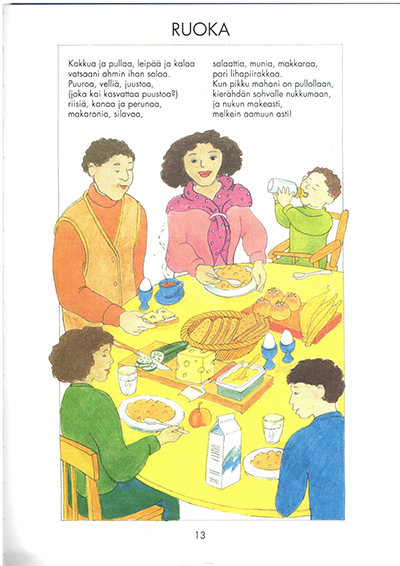 ... ...
... ... ... ...
... ...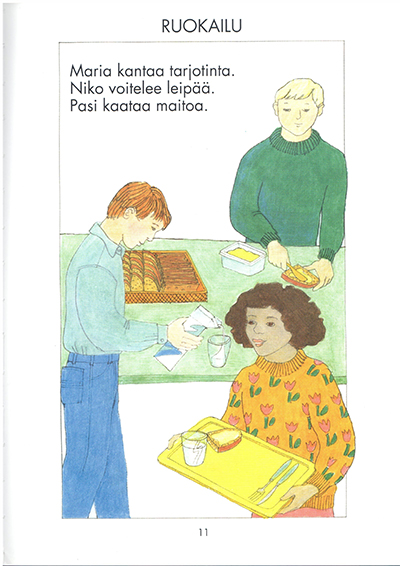 ... ...
... ...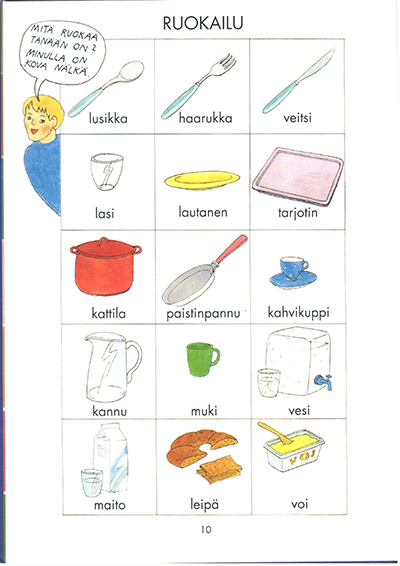 ... ...
... ...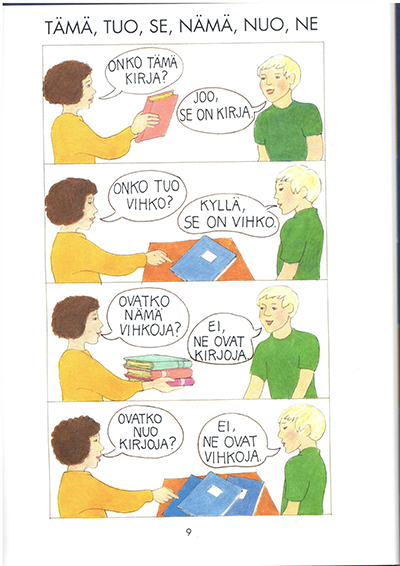 ... ...
... ...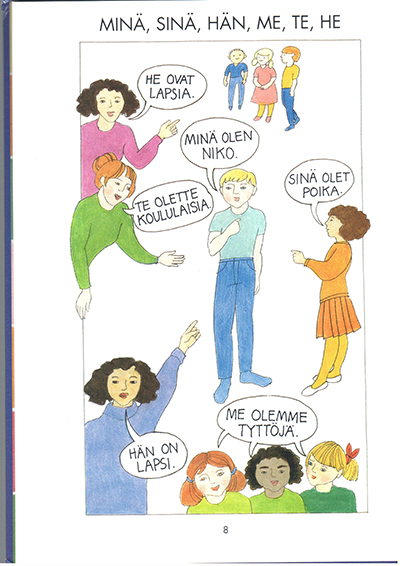 ... ...
... ...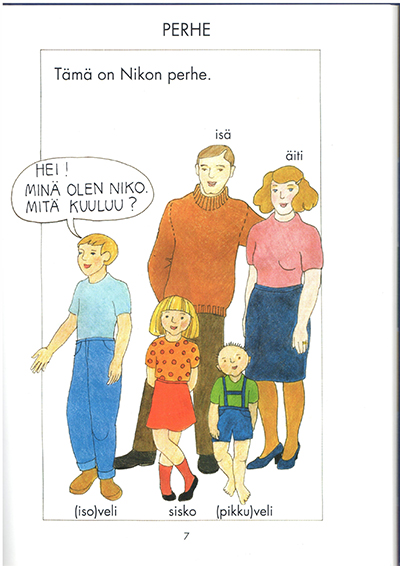 ... ...
... ... ... ...
... ...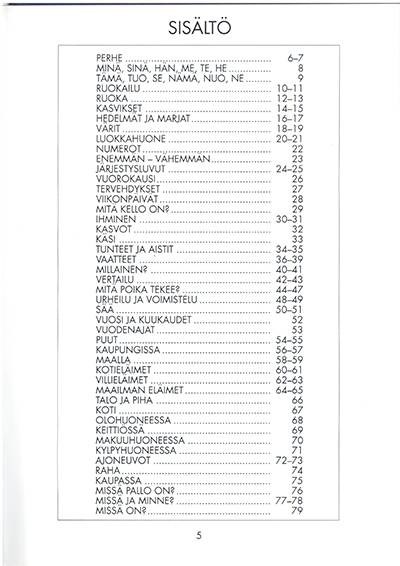 ... ...
... ... ... ...
... ... ... ...
... ...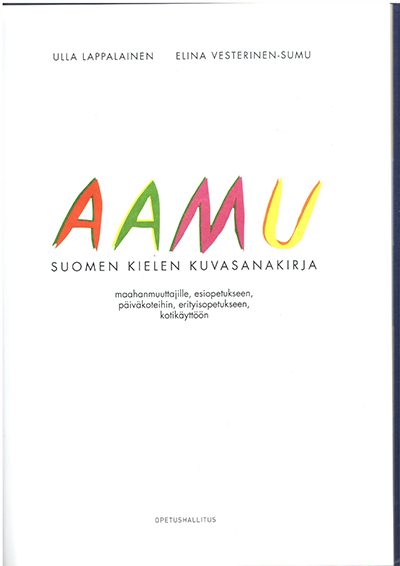 ... ...
... ...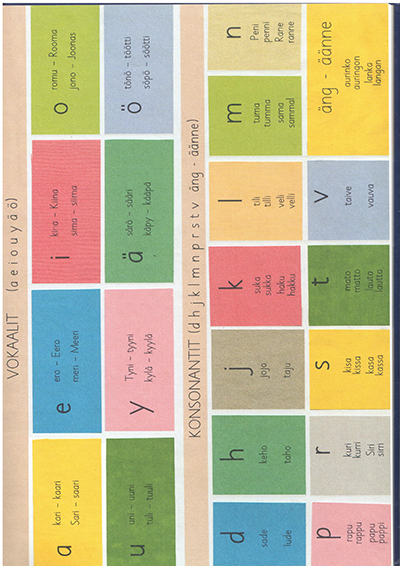 ... ...
... ...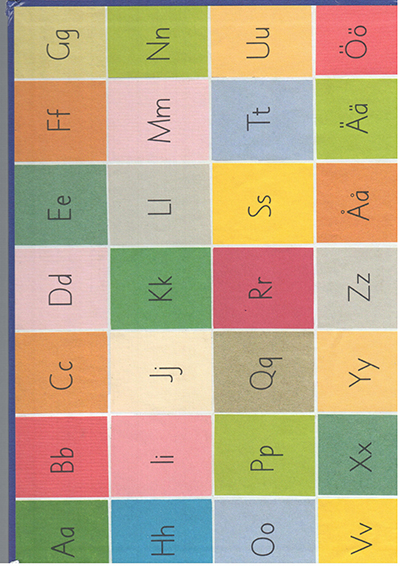 ... ...
... ...